Wall mounted Shower Lighting
mtnrdredux_gw
10 years ago
Related Stories
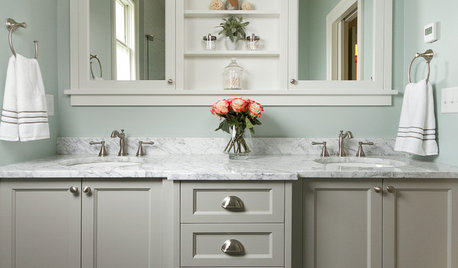
BATHROOM DESIGNShould You Get a Recessed or Wall-Mounted Medicine Cabinet?
Here’s what you need to know to pick the right bathroom medicine cabinet and get it installed
Full Story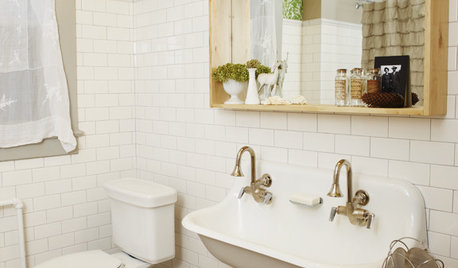
BATHROOM DESIGNSmall-Bathroom Secret: Free Up Space With a Wall-Mounted Sink
Make a tiny bath or powder room feel more spacious by swapping a clunky vanity for a pared-down basin off the floor
Full Story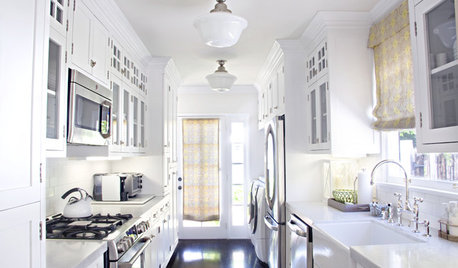
LIGHTINGWhy It’s High Time to Reconsider Flush-Mount Lights
Look past your negative perceptions and see how versatile these lights can be
Full Story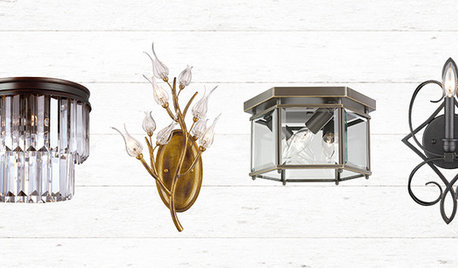
SHOP HOUZZShop Houzz: Up to 60% Off Flush Mounts and Sconces
Stay on budget and on trend with ceiling and wall lighting in styles across the spectrum
Full Story0
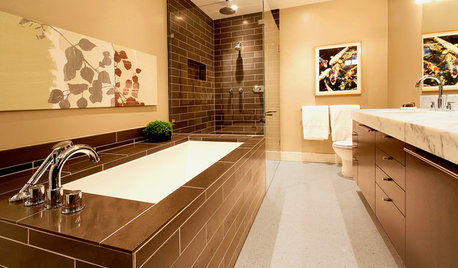
BATHROOM DESIGNDesigner Trick: Take Your Shower Tile to the Ceiling
Tile the whole wall in your shower to give your bath a light and lofty feel
Full Story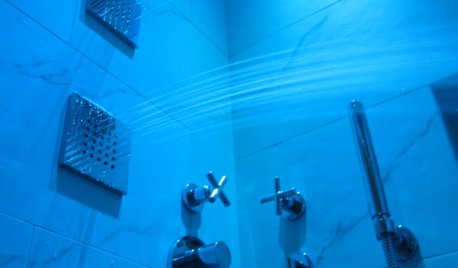
BATHROOM DESIGNShower Lights Bathe Bathrooms in Brightness
Lighting in colors as dazzling or soothing as you choose can bring a whole new dimension to your shower routine
Full Story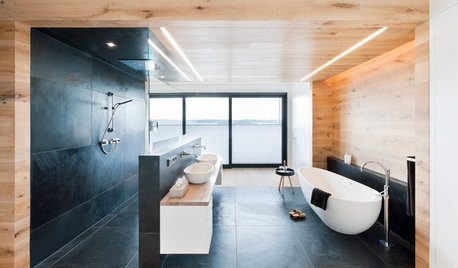
BATHROOM DESIGNDream Spaces: Spa-Worthy Showers to Refresh the Senses
In these fantasy baths, open designs let in natural light and views, and intriguing materials create drama
Full Story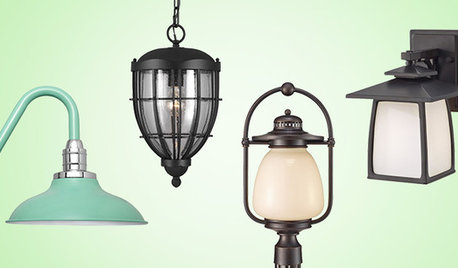
SHOP HOUZZShop Houzz: Save up to 50% on Outdoor Lighting
Illuminate your home’s exterior with wall sconces, pendants, flush mounts and post lights
Full Story0
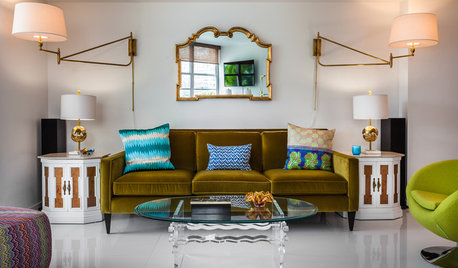
LIGHTING8 Ways to Use Plug-In Sconces in Your Lighting Scheme
Plug-in, wall-mounted sconces help unclutter desks, add visual interest and more. See if they are right for you
Full Story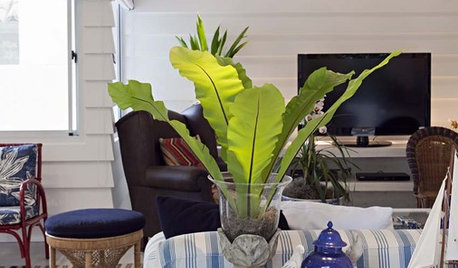
HOUSEPLANTSGet a Tropical Splash With a Bird's Nest Fern
Sword-shaped leaves make this fern a stunning accent — and you can even mount it on wood for a wall hanging
Full Story





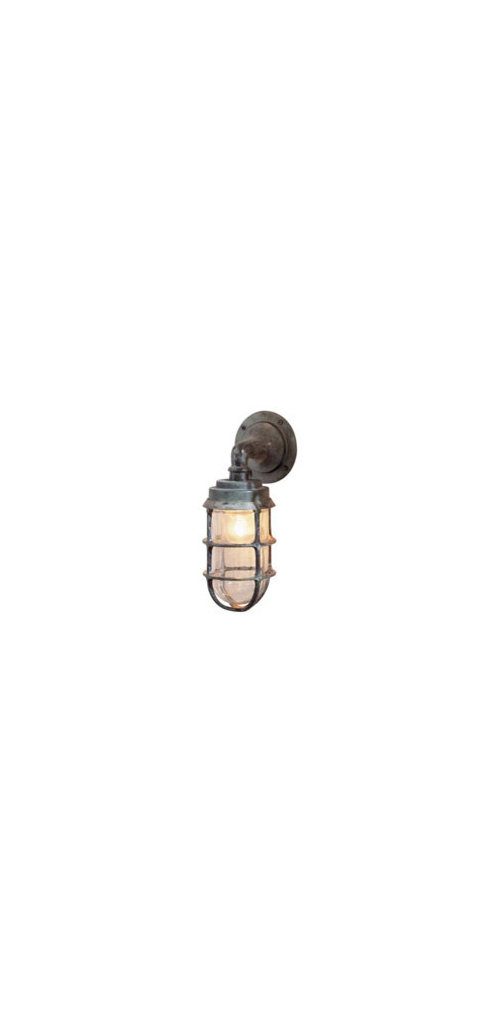
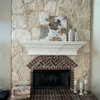
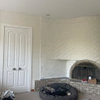
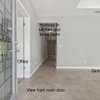
tibbrix
ineffablespace
Related Professionals
Atlanta Furniture & Accessories · Carlsbad Furniture & Accessories · Hilton Head Island Furniture & Accessories · Woodstock Furniture & Accessories · Fallbrook Furniture & Accessories · Glenview Furniture & Accessories · Golden Glades Furniture & Accessories · Carson Furniture & Accessories · Jacinto City Furniture & Accessories · Ocean Springs Custom Artists · West University Place Lighting · Monrovia Lighting · Pearland Lighting · Aurora Window Treatments · Dallas Window Treatmentsmtnrdredux_gwOriginal Author
Jules
ineffablespace
mtnrdredux_gwOriginal Author
alex9179
Annie Deighnaugh
schoolhouse_gw
ineffablespace
Annie Deighnaugh
mtnrdredux_gwOriginal Author
nosoccermom
Annie Deighnaugh
tibbrix
ineffablespace
ineffablespace
DreamingoftheUP